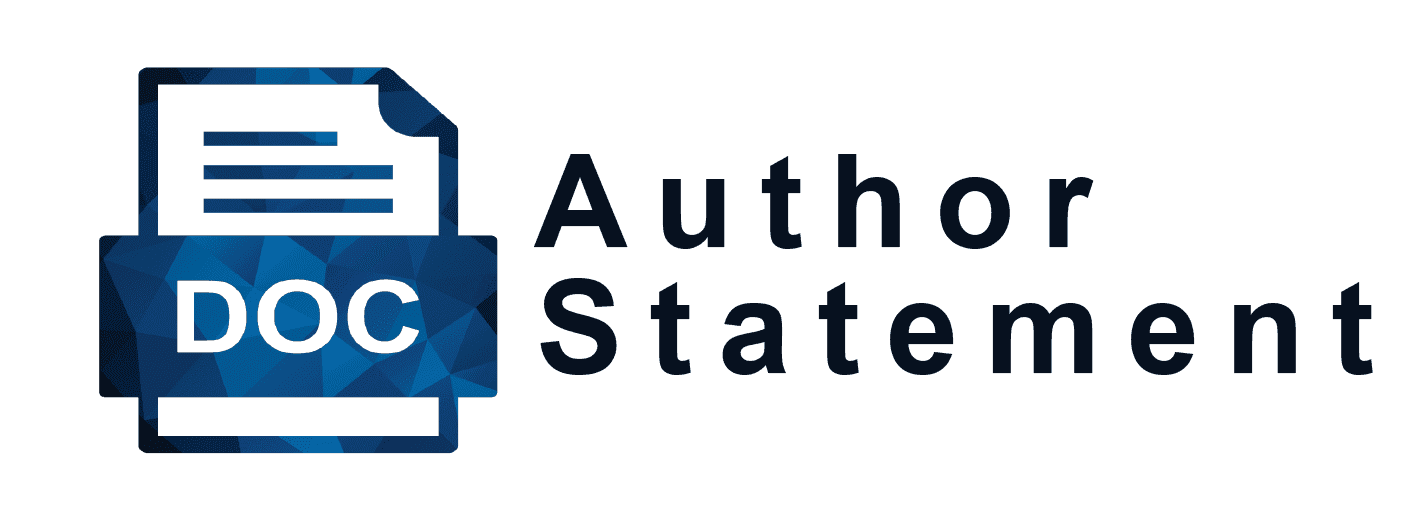The Implementation of 2D Barcodes on Food Labels as a Monitoring Measure of The National of Drug and Food Control (BPOM)
DOI:
https://doi.org/10.33830/fsj.v1i2.1968.2021Keywords:
2D barcodes, BPOM, Labels, NIE, ControlAbstract
Currently, the distribution of processed food products is required to fulfill the regulations on the safety, quality, and nutrition of the food product. One of the three elements that was applied to processed food is in the form of food labels. Information on food labels aims to explain that the information listed is correct, it is not easily damaged and come off, is easy to see and read through the Distribution Permit Number (NIE). BPOM has a strong synergy in food product supervision by issuing the implementation of 2D barcodes on food labels as a policy to reduce the risk of circulation of counterfeit or illegal food products. The method used in this work is a literature study through data collection based on applicable laws and regulations as well as reporting on food label control. The intensification of food product supervision carried out by BPOM at retail and distribution facilities found many unauthorized (TIE) products, expired products, and damaged products. The results of the data obtained on the findings of the supervision of food products were mostly found in TIE products with the percentage of findings for TIE products at Retail Facilities by 52%, while the percentage of findings for TIE products in Importer/Distributor Warehouses were 72%. With the latest technology, the issuance of 2D Barcode implementations on processed food labels has a large positive impact on stakeholders, including the government, the food industry, and society. The application of 2D Barcode strive to be able to build people's knowledge to be more responsive and intelligent in processing information in the future.
References
Anonim. 2014. Bab II Tinjauan Pustaka [Ebook]. Retrieved from http://eprints.polsri.ac.id/1174/3/BAB%20II.pdf.
Badan Pengawas Obat dan Makanan. 2013. Peraturan Badan Pengawas Obat dan Makanan Nomor 1 Tahun 2013 Tentang Penerapan Pendaftaran Pangan Olahan Secara Elektronik (e-registration Pangan Olahan). Retrieved from https://jdih.pom.go.id/download/product/692/1/2013
Badan Pengawas Obat dan Makanan. 2017. Peraturan Badan POM Nomor 27 Tahun 2017 Tentang Pendaftaran Pangan Olahan. Retrieved from https://jdih.pom.go.id/download/product/763/27/2017
Badan Pengawas Obat dan Makanan. 2017. Visi BPOM dan Misi BPOM. Retrieved from https://www.pom.go.id/new/view/direct/vision.
Badan Pengawas Obat dan Makanan. 2018. Peraturan Badan Pengawas Obat dan Makanan Nomor 33 Tahun 2018 Tentang Penerapan 2D Barcode Dalam Pengawasan Obat dan Makanan. Retrieved from https://jdih.pom.go.id/product/search/33/2018/2D%20Barcode
Badan Pengawas Obat dan Makanan. 2018. Peraturan Badan Pengawas Obat dan Makanan Nomor 31 Tahun 2018 Tentang Label Pangan Olahan. Retrieved from https://jdih.pom.go.id/product/search/31/2018/all
Badan Pengawas Obat dan Makanan. 2018. Berita Aktual : 2D Barcode Upaya Tingkatan Efektivitas dan Efisiensi Pengawasan Obat dan Makanan. Retrieved from https://www.pom.go.id/new/view/more/berita/14587/
Badan Pengawas Obat dan Makanan. 2018. Berita Aktual : Era Baru Pengawasan Obat dan Makanan Berbasis Digital. Diakses dari Retrieved from https://www.pom.go.id/new/view/more/berita/15168/
Badan Pengawas Obat dan Makanan. 2018. Berita Aktual : 2D Barcode Upaya Tingkatkan Efektivitas dan Efisiensi Pengawasan Obat dan Makanan. Retrieved from https://www.pom.go.id/new/view/more/berita/14587/
Badan Pengawas Obat dan Makanan. 2019. Berita Aktual : Perkuatan Pengawasan Obat dan Makanan Melalui Sosialisasi 2D Barcode dan Smart BPOM. Retrieved from https://www.pom.go.id/new/view/more/berita/16312/
Badan Pengawas Obat dan Makanan. 2019. Berita Aktual : Percepatan Penerapan Sistem 2D Barcode. Retrieved from https://www.pom.go.id/new/view/more/berita/16371/
Badan Pengawas Obat dan Makanan. 2019. Laporan Tahunan Badan Pengawas Obat dan Makanan Tahun 2019. Retrieved from https://www.pom.go.id/new/admin/dat/20200817/
Badan Pusat Statistik. 2021. Hasil Sensus Penduduk 2020. Retrieved from https://www.bps.go.id/pressrelease/2021/01/21/1854/
Firdaus, A. 2021. BPOM Temukan Berbagai Produk Pangan Ilegal Beredar Selama Ramadhan (online). Retrieved from https://www.antaranews.com/berita/2145154/
Peraturan Pemerintah. 1999. Peraturan Pemerintah Republik Indonesia Nomor 69 Tahun 1999 Tentang Label dan Iklan Pangan. Retrieved from https://jdih.pom.go.id/product/search/69/1999/all
Peraturan Pemerintah. 2004. Peraturan Pemerintah Republik Indonesia Nomor 28 Tahun 2004 Tentang Keamanan Mutu dan Gizi Pangan. Retrieved from https://jdih.pom.go.id/product/search/28/2004/all
Peraturan Presiden. 2017. Peraturan Presiden Nomor 80 tahun 2017 Tentang Badan Pengawas Obat dan Makanan. Retreived from https://peraturan.bpk.go.id/Home/Details/73132/
Putri P.R.A., Westra, I.K., Sutama, I.B.P. 2019. Pengawasan Terhadap Peredaran Makanan Impor Yang Tidak Bersertifikasi Halal Oleh Badan Pengawas Obat dan Makanan. Kertha Semaya, 7 (12), 1-18. https://doi.org/10.24843/KM.2018.v07.i01.p12.
Supriyadi. 2016. Community Of Practitioners : Solusi Alternatif Berbagi Pengetahuan Antar Pustakawan. Lentera Pustaka, 2 (2), 83-93. Retrieved from https://ejournal.undip.ac.id/index.php/lpustaka/article/view/13476/10162
Undang - Undang Republik Indonesia. 1999. Undang - Undang Republik Indonesia Nomor 8 Tahun 1999 Tentang Perlindungan Konsumen. Retreived from https://peraturan.bpk.go.id/Home/Details/45288/
Copyright (c) 2021 Food Scientia: Journal of Food Science and Technology
Deprecated: Non-static method PKPApplication::getCCLicenseBadge() should not be called statically in /data/wwwroot/jurnal.ut.ac.id/cache/t_compile/fa9783fd765a849988085731b66c8d8c8432463d^addd65021fadf964339ab08cd1aa93ba59b14e9c_0.app.frontendobjectsarticle_details.tpl.php on line 503

This work is licensed under a Creative Commons Attribution-ShareAlike 4.0 International License.








